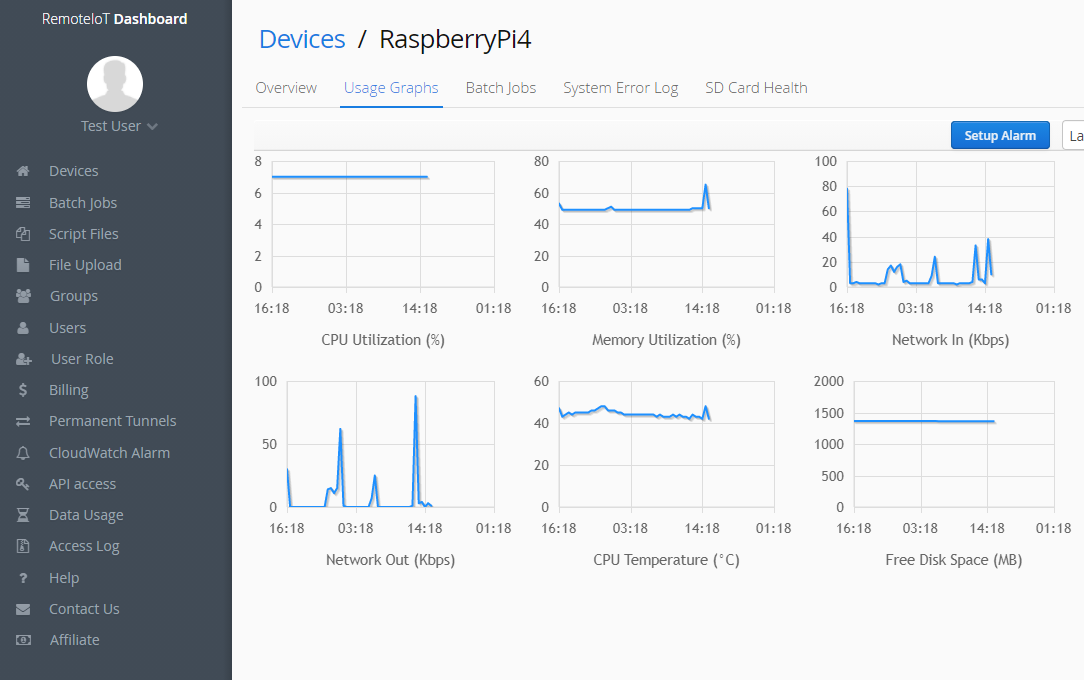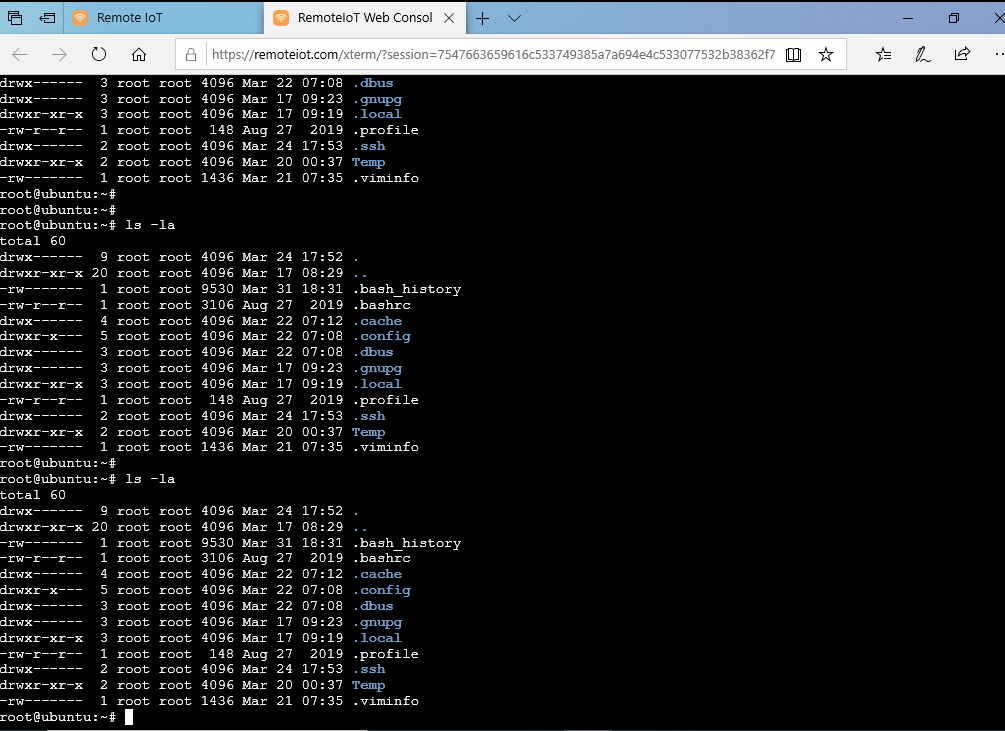
When configuring your home network, it's crucial to prioritize the security of SSH access. This includes implementing robust measures through your router to protect your devices and data from potential threats. A secure SSH connection guarantees protected communication between your devices and the remote server, stopping unauthorized access and data exposures.
- Begin by selecting a strong password for your router's admin interface. Avoid common passwords and use a combination of upper and lowercase letters, numbers, and symbols.
- Turn on SSH access on your router and adjust it to use strong encryption protocols like SSHv2.
- Restrict access to SSH by configuring a whitelist of allowed IP addresses. This hinders unauthorized users from connecting to your router.

Continuously update the firmware on your router to patch any security vulnerabilities. Keep updated of the latest security threats and best practices for protecting your network.
Reaching Servers Behind a Firewall Using SSH

Securing your network with a firewall is crucial for protecting sensitive data and resources. However, this security measure can sometimes pose a challenge when you need to control servers located behind the firewall. Thankfully, SSH (Secure Shell) provides a robust and secure solution for connecting with these remote servers. By establishing an encrypted connection, SSH allows administrators to perform various tasks such as file transfers, software installations, and system monitoring, all while maintaining a high level of security.
To successfully reach servers behind a firewall using SSH, you'll need to configure your firewall rules to allow incoming SSH connections on the designated port, typically port 22. Once this is done, you can use an SSH client on your local machine to build a secure connection to the target server.
Remember to always verify yourself using strong passwords or SSH keys for enhanced security.
SSH Tunneling: Bypassing Network Restrictions circumventing
SSH tunneling enables a versatile method for reaching resources which may be restricted by network gateways. By establishing an encrypted connection between your machine and a remote server, SSH tunneling allows you to route traffic through this secure tunnel. This effectively masks your actual IP address and location from the internet, enabling you to circumvent obstacles.
- Moreover, SSH tunneling can be employed for improving security by encrypting sensitive content during transmission. Consequently, it is a valuable tool for network engineers who need to remotely manage servers and software.
Configuring Remote SSH Access with Port Forwarding
Gaining remote access to your server is crucial for administration. SSH provides a secure protocol for this purpose. However, you often need to route traffic through a different port to access specific services on your destination server.
This article will guide you through the process of setting up remote SSH access with port forwarding.
First, you'll need to ensure that SSH is enabled on your system. You can typically do this by checking the firewall configuration and making sure that SSH traffic is allowed. Next, you'll require to adjust port forwarding within your SSH client. This involves specifying the source port that will be used to connect to the remote server and the target port where the service you want to access is running.
For example, if you want to access a web server on port 8080 on your remote server, you could configure port forwarding in your SSH client to use port 8081 on your local machine. When you connect to the remote server via SSH, all traffic sent to port 8081 on your local machine will be forwarded to port 8080 on the remote server.
Once you've configured port forwarding, you can connect to the remote server using your SSH client. After connecting, you should be able to access the service on the specified target port. Remember that the original port used for forwarding should remain available and not be in use by other applications.
SSH Through NAT
Connecting securely via SSH across a Network Address Translation (NAT) device can sometimes present unique challenges. This guide provides a comprehensive overview ssh remote access behind router of the concept, exploring common issues and presenting effective workarounds. We'll delve into port forwarding, hostnames, and other techniques to ensure your SSH connections remain secure and reliable even when behind a NAT.
- Understanding the NAT Environment
- SSH Port Forwarding Strategies
- DDNS Solutions
- Resolving SSH Behind NAT Challenges
- Securing Your SSH Connections on NAT
Accessing Remote Hosts via SSH and Firewalls
Establishing a secure connection to remote hosts is paramount in today's digital landscape. Secure Shell (SSH) provides a robust mechanism for authenticating users and encrypting data transmission, mitigating the risks associated with transmitting sensitive information over networks. However, firewalls often serve as a crucial layer of defense, requiring careful configuration to allow SSH connections while maintaining a secure perimeter.
When configuring firewalls for SSH access, it's essential to define a clear set of rules that govern incoming and outgoing traffic. This involves determining the specific ports used by SSH (typically port 22) and allowing connections only from authorized sources. Implementing strong authentication measures, such as multi-factor authentication, further enhances security.
Furthermore, it's crucial to keep SSH software up to date to patch known vulnerabilities. Regularly reviewing firewall logs and monitoring network activity can help detect suspicious attempts to access remote hosts, enabling timely remediation efforts.
Setting Up Router for Secure SSH Access
To ensure safe remote administration of your router, configuring secure SSH access is paramount. Begin by turning on SSH on your router's interface. Next, choose a robust SSH protocol, such as RSA. It's crucial to generate a strong, unique password for the SSH account and avoid using default credentials. Furthermore, consider implementing two-factor authentication (copyright) for an additional layer of security. Regularly patch your router's firmware to address potential vulnerabilities. By following these steps, you can effectively strengthen your router's SSH access and protect against unauthorized access attempts.
Remote Administration over SSH: Firewall Considerations
Securely enabling remote administration over SSH involves careful consideration of firewall settings. Its primary objective is to permit incoming connections on the designated SSH port and also effectively preventing unauthorized access. A robust firewall configuration should establish a strict set of rules that clearly define allowed IP addresses or ranges, utilizing whitelisting practices whenever possible.
It's crucial to steer clear of opening SSH access to the entire public internet. Instead, limit access to trusted networks or individual IP addresses, applying measures like VPNs for enhanced security. Additionally, consider implementing a firewall rule that permits only known good user accounts to initiate SSH connections. This helps mitigate the risk of compromised credentials being exploited.
Remember to periodically review and update your firewall configuration as your network environment evolves. Stay informed about potential vulnerabilities and implement necessary patches or security enhancements to ensure a secure remote administration setup.
Configure an SSH Tunnel for Remote Access
Establishing an SSH tunnel provides a secure method for remotely accessing resources on a server. By creating an encrypted connection between your local machine and the server, you can work around firewalls and access applications or data that may otherwise be unavailable. This process involves leveraging SSH software on both your local system and the remote server to establish a secure tunnel. The configuration procedure varies depending on your operating system and specific needs, but generally involves specifying the remote server's address, username, and port number.
There are several types of SSH tunnels, each with its own purpose and configuration. A forwarding tunnel can be used to direct traffic from a local port to a remote port, while a dynamic tunnel establishes a connection between your machine and a specific application on the server.
- Understanding the different types of tunnels is essential for choosing the right configuration for your needs.
- Several online resources and tutorials are available to guide you through the process of establishing an SSH tunnel.
Troubleshooting SSH Connections Behind a Router in
When establishing Secure Shell (SSH) connections to devices behind a router, several common factors can arise.
Initially, ensure that your router's firewall isn't blocking incoming SSH traffic on port 22. You may need to create an exception or rule within the router's settings to permit connections on this port.
Secondly verify the IP address of the device you're attempting to connect to. Use a command like "ping" or "traceroute" from your local machine to confirm the correct IP address.
Finally, double-check your SSH connection details, including the hostname or IP address, username, and password. A simple typo can often cause a failed connection attempt.
If you've addressed these basic troubleshooting steps and still face connectivity issues, consider consulting the documentation for both your router and the device you're trying to connect to.
Strengthen Your SSH Access: Firewall Rules Best Practices
Securing your SSH access is paramount for maintaining a robust and safeguarded network. Implementing strict firewall rules can act as an essential barrier against unauthorized attempts to penetrate your systems. A well-configured firewall should permit only necessary incoming connections on the SSH port (typically 22). Deny access from unknown or untrusted IP addresses, and implement multi-factor authentication for an added layer of security.
- Utilize a strong firewall solution with granular control over incoming traffic.
- Enforce strict access policies based on trusted users and their roles.
- Monitor all SSH activity for auditing purposes and to pinpoint any suspicious behavior.
Consistently review and update your firewall rules to address evolving threats.